The design of hydraulic valve block mostly belongs to non-standard design, which needs targeted design according to different working conditions and use requirements. The design of valve block is roughly divided into the following steps: material selection, processing and heat treatment, deburring and cleaning, surface anti rust treatment and test.
1. Material selection: different materials determine different pressure levels. First of all, reasonable material selection should be made according to the use pressure. Generally speaking, the following principles should be followed: when the working pressure P < 6.3MPa, cast iron HT20-40 can be used for hydraulic valve block. Iron castings can be used for mass casting to reduce working hours and improve efficiency, especially for standardized valve blocks. When 6.3MPa ≤ P < 21MPa, the hydraulic valve block can be made of aluminum alloy forging, 20 forged steel or Q235; Low carbon steel has good welding performance, especially suitable for welding with non-standard hard pipe (many valve blocks need to be welded with hard pipe in use). When p ≥ 21MPa, the hydraulic valve block can be made of 35 forged steel. After forging, the HB200-240 is directly machined or machined after quenching and tempering. Usually, high pressure valve blocks are often subjected to flaw detection, machining and heat treatment cycles.
2. Design and processing of valve block the initial thickness of the valve block is set as 5 times of the large diameter, and then gradually reduces according to the specific design; When designing the passage, we should arrange the passage reasonably, reduce the deep hole, inclined hole and process hole as far as possible, arrange the large flow passage and pilot oil passage first, the safe wall thickness between the passages should not be less than 3 ~ 5mm, consider the deviation of the drill bit within the allowable range, and increase the spacing between the adjacent passages appropriately; The flow rate of hydraulic oil in the passage should not be higher than 12m / s, and the return passage should be 20-40% larger than the inlet passage; The valve block oil inlet, working port and control port should be processed with pressure tap; Each valve port shall be engraved with a label; For the valve block with large mass, there must be a lifting screw port.
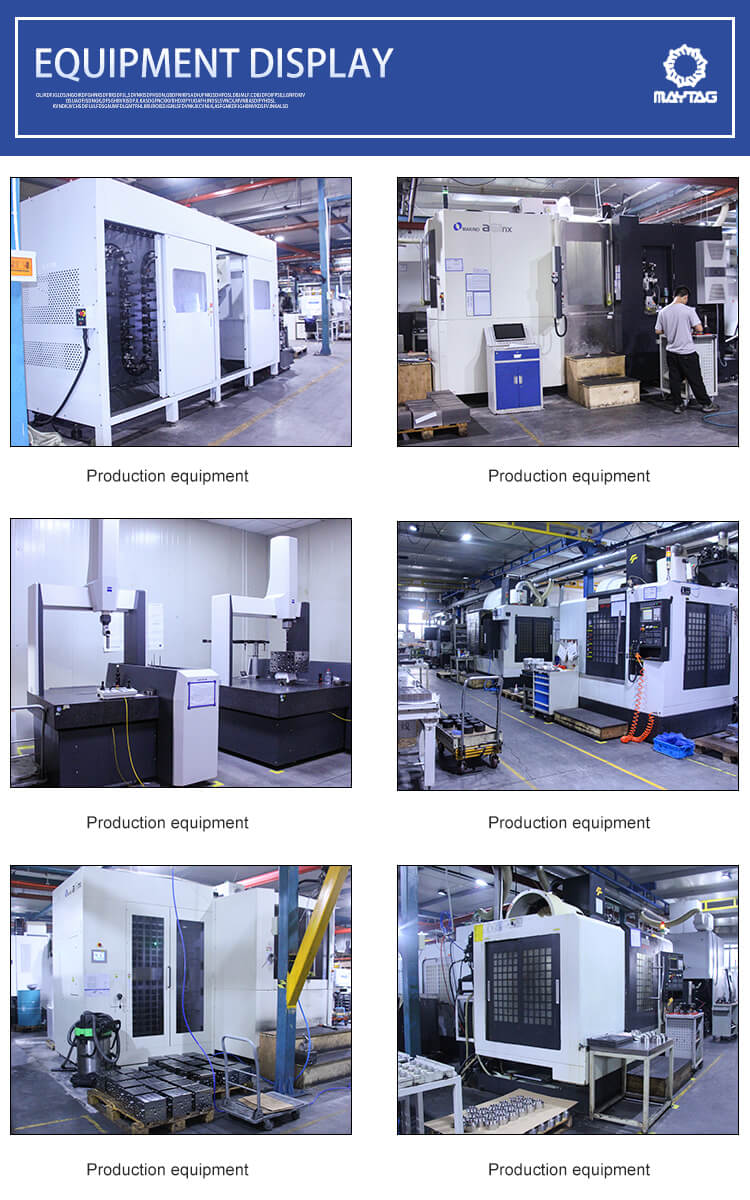
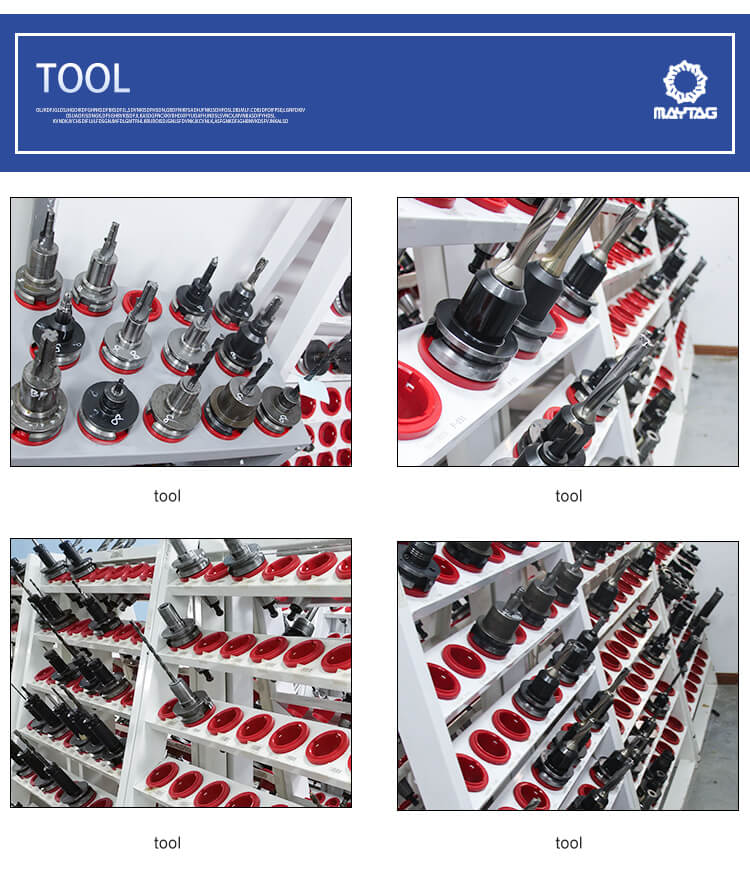
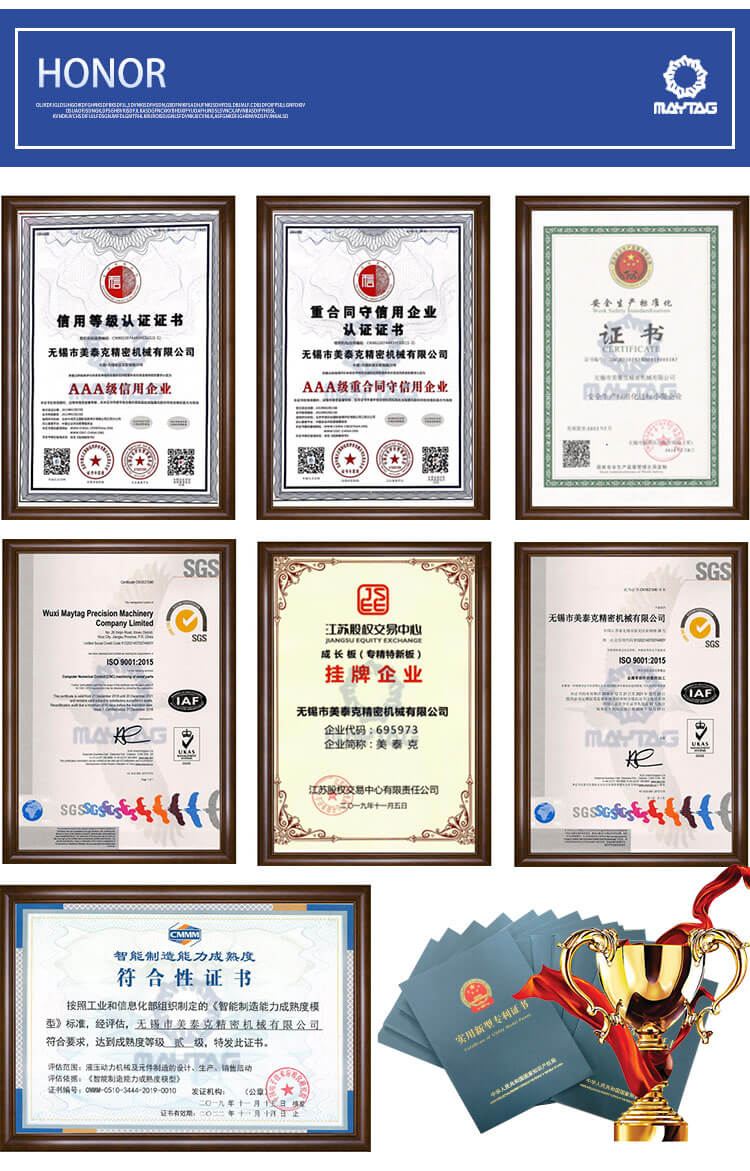
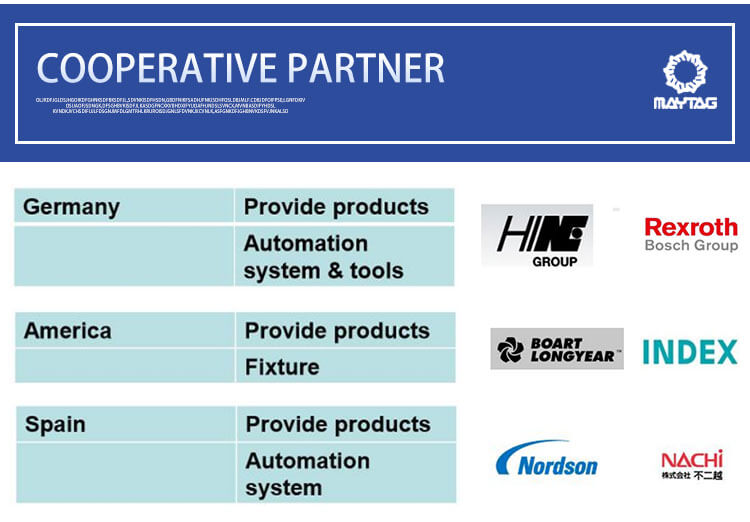
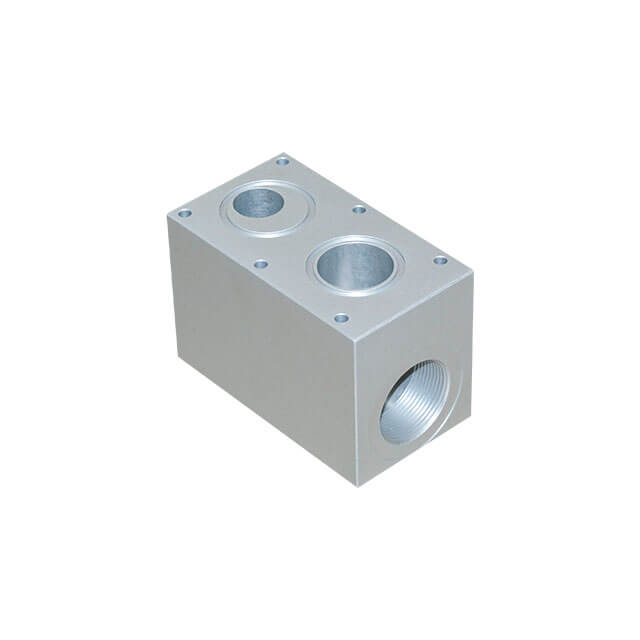 RELATED
RELATED
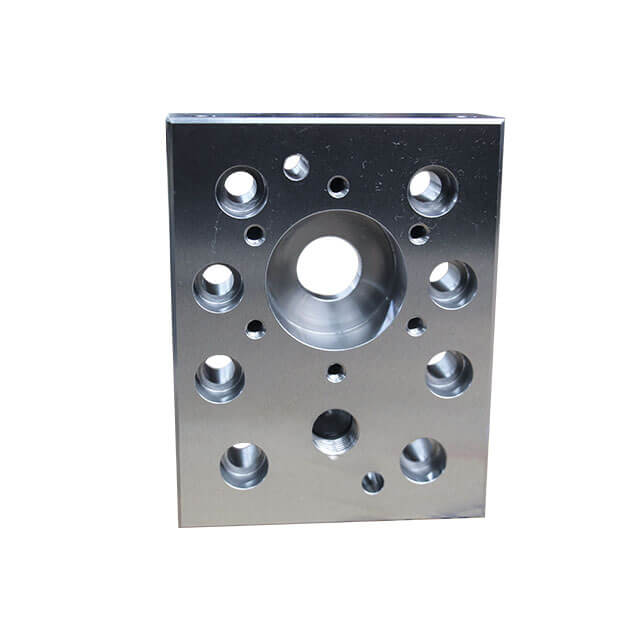 RELATED
RELATED
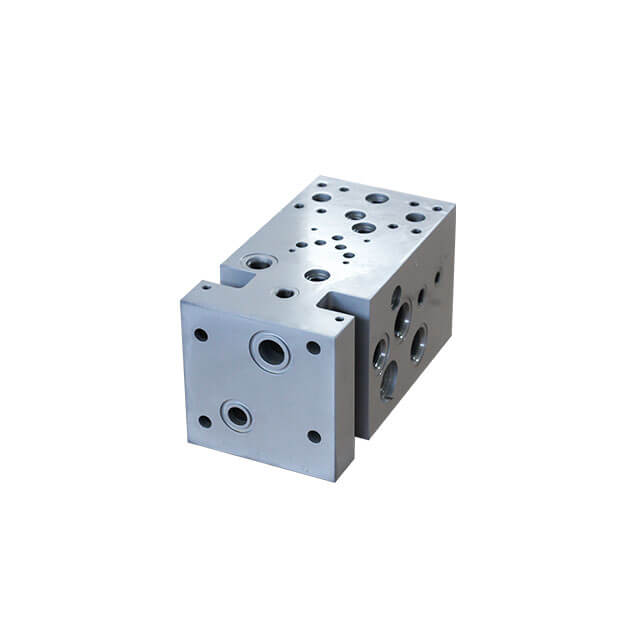 RELATED
RELATED
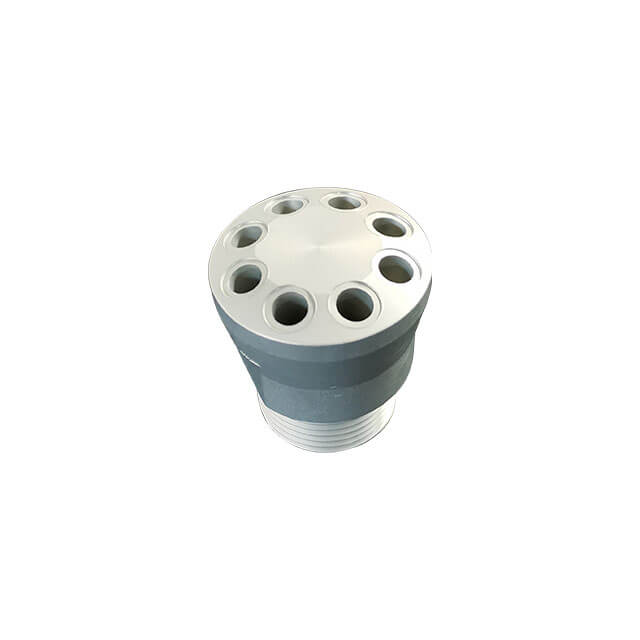 RELATED
RELATED